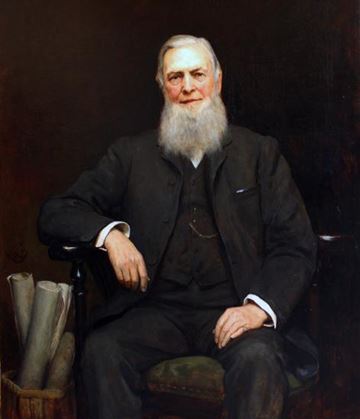The National Railway Museum has an art collection containing over a thousand paintings. Many of them are depictions of locomotives and original artwork for railway posters, but few people, perhaps, will realise that we also preserve an excellent collection of railway portraits.
One of these is a portrait of William Cawkwell, who was General Manager of the London & North Western Railway (LNWR) between 1858 and 1874.
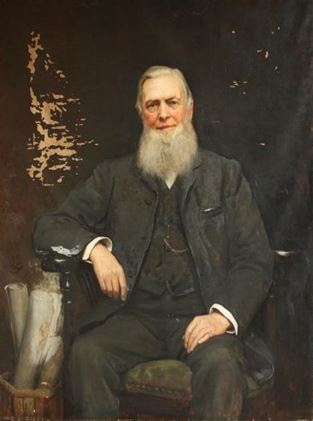
Cawkwell was born in 1807, the son of a Manchester stage-coach proprietor, and joined the Manchester & Leeds Railway in 1840 as a clerk at Brighouse station. He rose rapidly through the ranks and was appointed Traffic Manager of the Lancashire & Yorkshire Railway in 1853, before taking up his post with the LNWR five years later. Despite ill health, Cawkwell proved an able and astute manager for the LNWR during sixteen years of expansion, amalgamation and political manoeuvring.
On his retirement Cawkwell joined the LNWR board and in 1889 sat for a portrait which was hung in a committee room at Euston station. The artist was Hubert Herkomer, a Bavarian-born painter, illustrator, printmaker and teacher. Herkomer exhibited regularly at the Royal Academy, was Slade Professor of Art at the University of Oxford and was knighted in 1907. The painting of Cawkwell cost the LNWR £100, with an additional £18 for the frame.
Cawkwell died in 1897. In his obituary he was described as an austere and reserved railway manager, who in later life became “cheerful, kindly and genial”. The author, who seems to have known him well, remarked that when telling a story his face “would light up with a smile at one humorous and expressive” and Herkomer appears to have caught this aspect of Cawkwell’s personality in his portrait.
Euston station, with its magnificent Great Hall and elegant boardrooms was demolished in the early 1960s, to make way for an improved track layout and new buildings in glass and concrete.
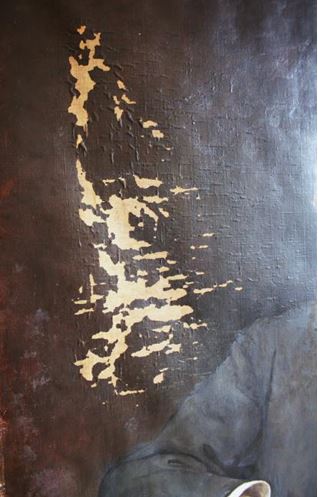
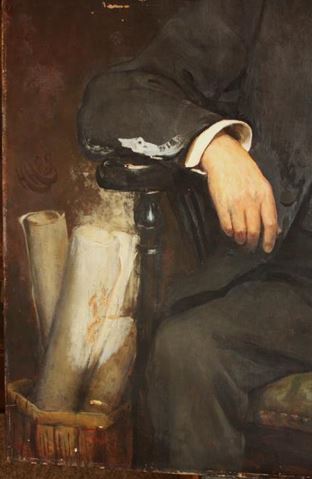
At some stage Cawkwell’s portrait appears to have been relegated to a store, where it became wet and suffered damage before it was acquired by the National Railway Museum’s predecessor, the Museum of British Transport.
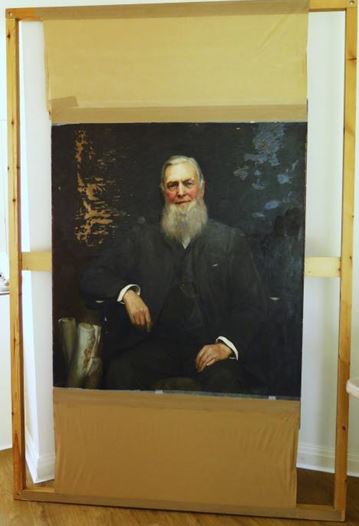
In 2014, we commissioned David Everingham Conservation Ltd to treat the painting. This was financed by the proceeds of a prize draw held at the museum’s Annual Dinner.
One of the first tasks for David and his team was to ensure that the painting was structurally sound. The canvas had shrunk from being wet, causing the oil paint to raise and flake.
The conservators therefore placed the painting in a humidity tent made of polythene mounted on a wooden framework. Increasing the humidity allowed them to stretch the canvas back to its original form, eliminating distortions. The conservators then laid down the flaking paint and consolidated it to prevent any further loss.
The portrait was cleaned of dirt and yellowed varnish, during which a white surface discolouration known as blanching was also removed.
The losses of paint were then infilled and textured to match Herkomer’s original paint, and conservation was complete.
With limited gallery space available, the painting has currently been returned to storage, but we hope to exhibit it at a later date.
You can browse all the oil paintings from the Museum’s collection via BBC’s Your Paintings site.
You can also learn more about David Everingham’s work by visiting their website.
